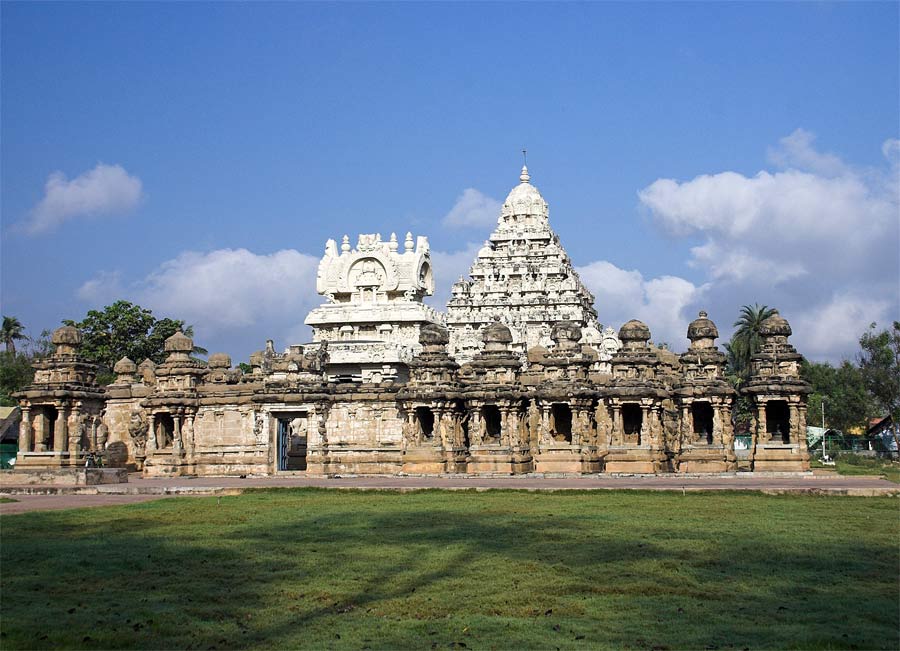
The South Indian city of Kanchipuram was characterised by the Russian prince Alexis Soltykoff as vibrating with the music, ceremony, and vigour of its limitless temples when he landed there in July 1841. However, the Archaeological Survey of India’s initial records of surveys show these religious sites as damaged buildings in a state of largely abandoned.
However now, a number of the Pallava and Chola-period temples (from the 7th and 13th centuries) still stand in a variety of preserved, transformed, and renewed states.

During a late-afternoon lecture on ‘Shared Cultural Heritage Across Indian Ocean’ at Delhi’s India International Centre on February 10, Emma Natalya Stein from the Smithsonian National Museum of Asian Art said: ‘Certain temples in Kanchi were selected for archaeological preservation to transform them as ‘monuments,’ while others were left to experience their own cycles of life, a process that continues to this day.’
Building Kanchi: City of Endless Temples was written by Stein. The 2021 book examines the connections between trans-regional networks of religion and power and local landscapes of temples.
Stein works as an assistant curator of South and Southeast Asian art at the Smithsonian Institution’s National Museum of Asian Art. Her exhibits include Power in Southeast Asia, Ancient Spirals: Earthenware from Thailand, and Discovering Krishna: Trip to Cambodia’s Holy Mountain.
‘In 2014, the temple was completely revitalised and refurbished thanks to local donations after centuries of neglect. The ASI does not provide protection for the temple,’ Stein stated.
The reconstruction was funded by a lawyer from Chennai who also engaged the tea vendor who manages the business next to the shrine to supervise the repairs. In the absence of conservation knowledge, it was determined that light cleaning and dusting would be adequate. People started to come back to the temple, just like the statues did when they came out from under the cobwebs.
What had been forgotten and abandoned was once more a hallowed spot for a tranquil gathering.

Post Your Comments